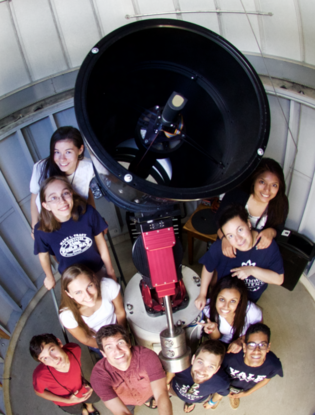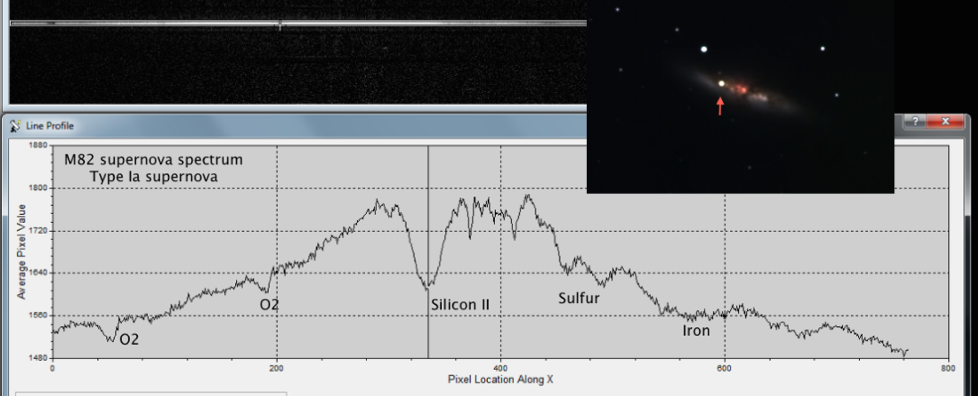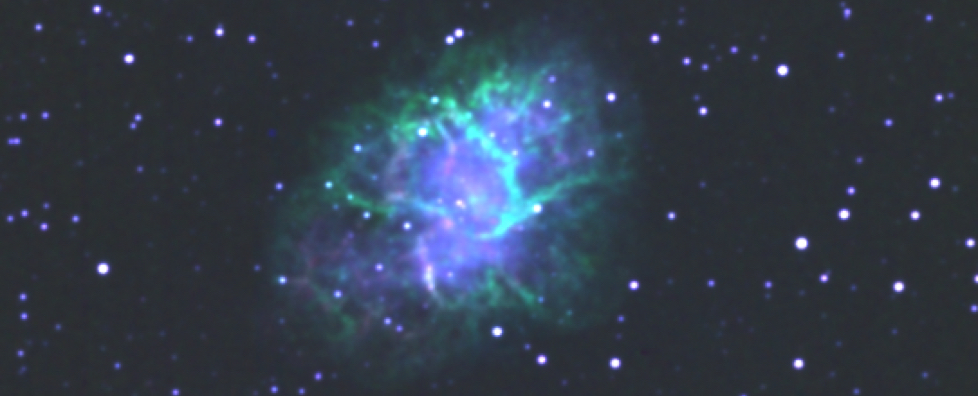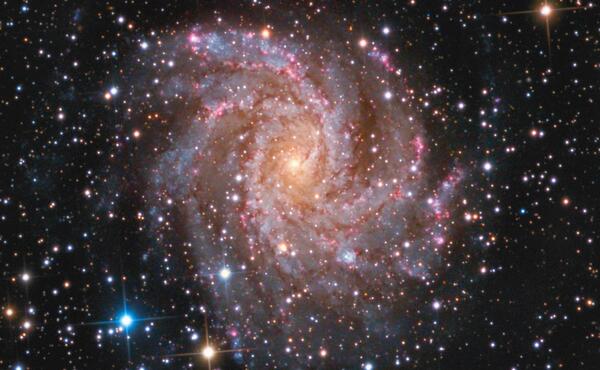 Students at YSPA work in teams of 4 on an astrophysical research project that requires them to get data using telescopes at the Leitner Observatory (LFOP), such as our 0.4-meter Ritchey-Chretien Telescope shown here to the right with YSPA students, as well as from remote observatories in New Mexico, California, Chile, and Australia. Once students have sufficient data, they use the python programing language and scientific python libraries to make a model that best fits and explains their data.
Students at YSPA work in teams of 4 on an astrophysical research project that requires them to get data using telescopes at the Leitner Observatory (LFOP), such as our 0.4-meter Ritchey-Chretien Telescope shown here to the right with YSPA students, as well as from remote observatories in New Mexico, California, Chile, and Australia. Once students have sufficient data, they use the python programing language and scientific python libraries to make a model that best fits and explains their data.
The specific research project at YSPA changes from year to year, but the project always involves generating a scientific model for a phenomenon based on data collected by the students themselves using LFOP and other remote telescopes.
In 2025, all students will work on modeling the photometric light curves and spectra of extra-galactic supernovae. These are massive stars that have exploded with tremendous luminosity in distant galaxies, and by studying how these exploding stars fade with time, we can learn a lot about the physics of stellar core collapse, and we can potentially learn about the stellar populations of distant galaxies. In some cases, we are even able to independently measure the distance to a galaxy and determine the expansion rate of the Universe!
Image of the Crab Nebula taken with the LFOP 0.4m telescope by YSPA students. The Crab Nebula is a supernova remnant, the expanding debris of a star in our galaxy that was observed to explode in the year 1054 AD.

Image and spectrum of the supernova 2014J in the galaxy M82, taken by Yale students with the 0.4m telescope at LFOP. The strong silicon absorption line in this spectrum confirms that the supernova was Type Ia, which happens when a white dwarf star in a binary system crosses the Chandasekhar mass limit and detonates through runaway carbon fusion.
In addition to the main research project of studying extra-galactic supernovae, students will complete several smaller projects using their own data, such as estimating the star-formation rate of spiral galaxies through H-alpha imaging, measuring the cosmic-ray radiation level in the Earth’s stratosphere (using a helium balloon), measuring the age and distance to a galactic star cluster, and measuring the rotation of the Milky Way Galaxy using a radio telescope.
Color image of NGC6946, the “Fireworks” Galaxy, so named because it has had 4 supernova explosions in the past century (an unusually high number!). Star-forming regions show up prominently in hydrogen alpha emission (shown in red).
At the end of the program, each research team writes a report on their project in the form of a scientific paper, and they present their results at a mini-conference where they get feedback from the Yale Astronomy faculty and other students.
After YSPA, some students may want to continue to work on their research project and expand it for a science fair or talent search program or as a senior capstone project at their high school. Some projects may turn into published papers in refereed science journals.


